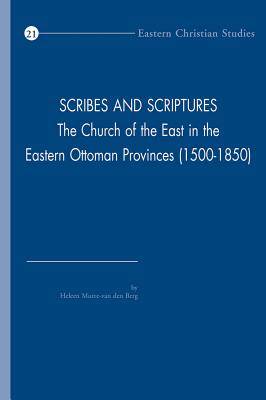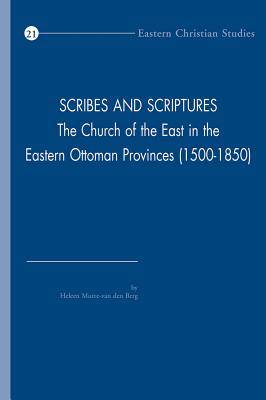
- Afhalen na 1 uur in een winkel met voorraad
- Gratis thuislevering in België vanaf € 30
- Ruim aanbod met 7 miljoen producten
- Afhalen na 1 uur in een winkel met voorraad
- Gratis thuislevering in België vanaf € 30
- Ruim aanbod met 7 miljoen producten
Zoeken
Scribes and Scriptures
The Church of the East in the Eastern Ottoman Provinces (1500-1850)
Hl Murre-Van Den Berg
€ 82,00
+ 164 punten
Omschrijving
Little is left that testifies to the life of the Church of the East in the sixteenth to early nineteenth centuries. What we have, are manuscripts written by mostly clerical scribes for mostly clerical readers. There is much that suggests, however, that these texts functioned in a much wider circle than merely that of the learned. This study takes the scribal production of texts, from the Holy Scriptures to the first traces of popular writing, as its main source to analyze the major changes that took place in the Church of the East in the period. The most important of these was the introduction of Western Catholicism, which ultimately led to the creation of two separate hierarchies, today's Chaldean Church and the Assyrian Church of the East. How this community dealt with these monumental changes, how that affected everything from the production of texts to the fabric of society as a whole, and how that contributes to our understanding of this Church's modern day off-shoots, is the topic of this study.
Specificaties
Betrokkenen
- Auteur(s):
- Uitgeverij:
Inhoud
- Aantal bladzijden:
- 413
- Taal:
- Engels
- Reeks:
- Reeksnummer:
- nr. 21
Eigenschappen
- Productcode (EAN):
- 9789042930797
- Verschijningsdatum:
- 17/08/2015
- Uitvoering:
- Paperback
- Formaat:
- Trade paperback (VS)
- Afmetingen:
- 160 mm x 239 mm
- Gewicht:
- 657 g

Alleen bij Standaard Boekhandel
+ 164 punten op je klantenkaart van Standaard Boekhandel
Beoordelingen
We publiceren alleen reviews die voldoen aan de voorwaarden voor reviews. Bekijk onze voorwaarden voor reviews.











